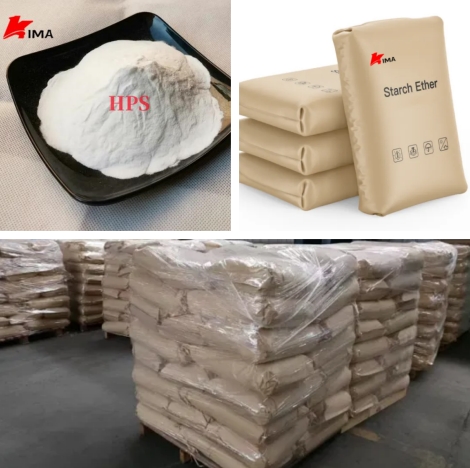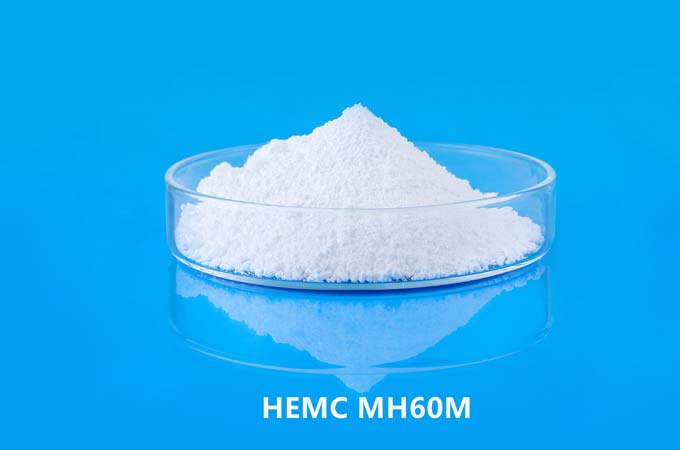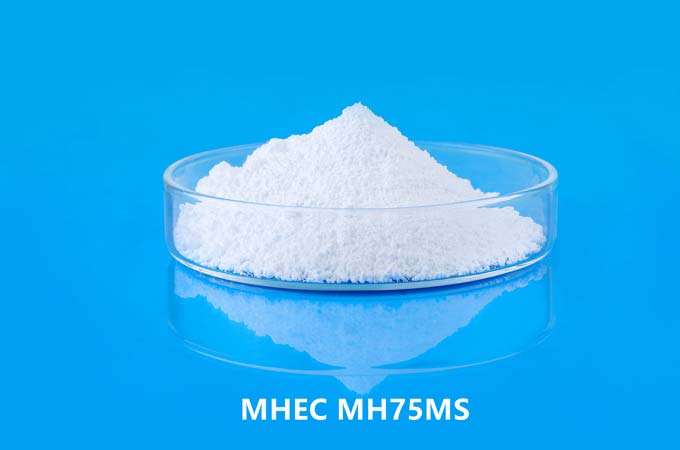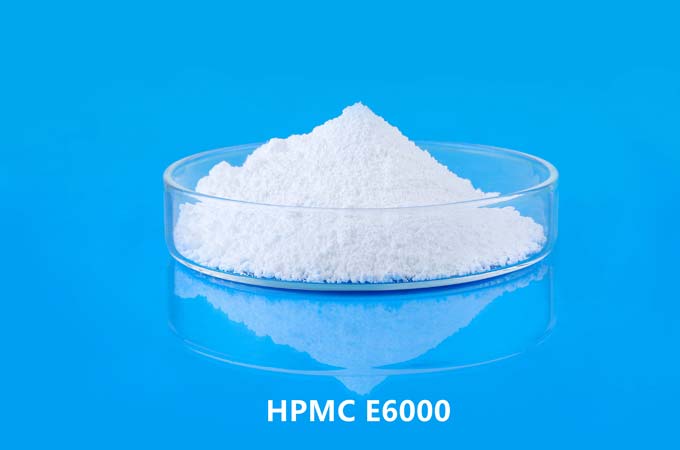Product overview
Hydroxypropyl Starch Ether (HPSE) is a non-ionic multifunctional polymer obtained by chemically modifying natural starch. Hydroxypropyl groups are introduced into its structure, which greatly improves the water solubility, thermal stability, enzyme resistance and rheological properties of starch. As a green, environmentally friendly and renewable resource derivative, hydroxypropyl starch ether is widely used in building materials, especially in dry-mixed mortar.
Hydroxypropyl starch ether is a white or light yellow powder with good dispersibility, soluble in cold water, insoluble in hot water and organic solvents. Its main properties include thickening, water retention, lubrication, and improved construction performance. Because its molecular structure contains hydroxypropyl groups, it still has good stability in a high alkalinity and high shear force environment.

Technical performance characteristics
Good thickening: HPSE has excellent rheological properties, which can effectively improve the viscosity of mortar, enhance the adhesion and anti-slip properties of materials.
Strong water retention: It can effectively delay the evaporation of water, improve the water retention of mortar, prevent cracking, shelling, hollowing and other problems, and ensure that the cement is fully hydrated.
Improve construction performance: Make mortar easier to construct, improve fluidity and lubricity, and enhance knife feel and smoothness of scraping.
Anti-sagging: In tile adhesive and plaster mortar, it can effectively prevent materials from slipping, improve hanging force, and improve construction quality.
Extend open time: HPSE extends the operable time of mortar, improves on-site construction efficiency, and reduces rework rate.
Green and environmentally friendly: It is derived from natural starch, does not contain formaldehyde and VOC, and meets the environmental protection requirements of green building materials.
Application areas
3.1. Tile adhesive
Hydroxypropyl starch ether mainly plays the role of thickening, water retention, and anti-sagging in tile adhesive. After addition, it can improve the initial adhesion and lasting adhesion of tile adhesive, improve construction smoothness and anti-slip performance, and is particularly suitable for laying large-sized tiles.
3.2. Wall plastering mortar
In mechanical or manual plastering, HPSE can improve the operability of mortar, making it easier to scrape and spread evenly, while effectively preventing cracks and hollows caused by rapid water loss.
3.3. Self-leveling mortar
The dosage of HPSE in self-leveling mortar is relatively low, but it can significantly affect the fluidity and water retention, so that the mortar maintains a uniform flow state during construction, which is conducive to a flat surface without shrinkage.
3.4. Insulation mortar/putty powder
In exterior wall insulation mortar and interior and exterior wall putty powder, hydroxypropyl starch ether improves the flexibility and water retention of mortar, enhances material adhesion and surface smoothness, and improves the final finishing effect.
3.5. Gypsum products
In gypsum-based caulking agents, gypsum adhesives and leveling layers, HPSE controls the water loss rate, makes the gypsum more fully hydrated, and improves the strength and surface quality of the hardened body.

Usage suggestions
Recommended addition amount: generally 0.05%~0.3%, the specific amount should be adjusted according to the actual formula and performance requirements.
Usage: It can be mixed with other dry powder materials, no additional treatment is required, just dry mix directly.
Compatibility: It can be used in combination with hydroxypropyl methylcellulose (HPMC), redispersible latex powder (RDP), etc. to form a synergistic effect and further optimize the mortar performance.
Hydroxypropyl starch ether, as a high-performance green modified starch additive, has been widely used in building dry-mix mortar systems, playing an irreplaceable role in improving material processability, enhancing construction performance and improving the quality of the final product. It not only meets the dual needs of modern buildings for environmental protection and functionality, but also promotes the development of the building materials industry towards energy saving, environmental protection and high performance. With the continuous improvement of green building materials standards, the application prospects of hydroxypropyl starch ether will become broader.
 English
English 日本語
日本語 français
français Deutsch
Deutsch Español
Español italiano
italiano русский
русский português
português العربية
العربية Türkçe
Türkçe Nederland
Nederland





